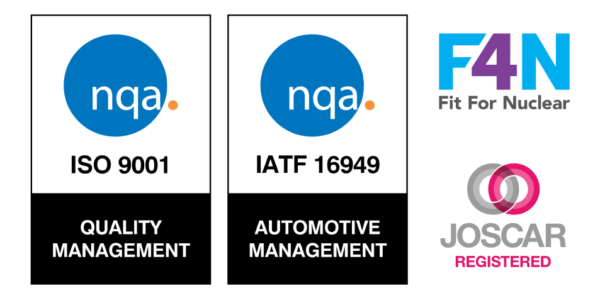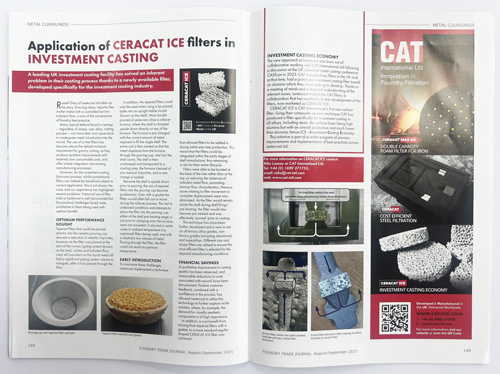This is the article published in the ‘Foundry Trade Journal’ …
Application of CERACAT ICE filters in investment casting
A leading UK investment casting facility has solved an inherent problem in their casting process thanks to a newly available filter, developed specifically for the investment casting industry.
Russell Gray of Lestercast Ltd takes up the story. Ensuring clean, impurity free molten metal with a controlled but low turbulent flow, is one of the cornerstones of foundry best practice.
Many typical defects found in castings – regardless of shape, size, alloy, casting process – can trace their root cause back to inadequate metal introduction into the mould. The use of in-line filters has become almost the default minimum requirement for gravity casting, as they produce qualitive improvements with relatively low consumable costs, and offer simple integration into existing manufacturing processes.
However, for the investment casting (lost wax) process, whilst conventional filters can indeed be beneficial subject to correct application, this is not always the case, and our experience has highlighted several problems. Historical use of filter trials at Lestercast is well documented but the practical challenges faced were prohibitive to them being used with optimal benefit.
OPTIMUM PERFORMANCE SOUGHT
Tapered filters that could be placed directly into the ceramic pouring cup showed a reduction in metallic impurities, however as the filter was placed at the start of the runner/gating system (known as the tree), oxides and turbulent flow were still prevalent as the liquid metal still had a significant gating system volume to navigate, after it had passed through the filter.
In addition, the tapered filters could only be used when using a lip poured ladle into an upright stable mould (known as the shell). Most moulds poured at Lestercast utilise a rollover furnace, where the shell is clamped upside down directly on top of the furnace. The furnace is pre-charged with the correct amount of metal required to fill the single shell. The entire unit is then rotated so that the metal displaces from the furnace, through the pouring cup, and into the shell cavity. The shell is then unclamped and transported to a cooling area, the furnace cleaned of any residual impurities, and a new charge is loaded.
Because the shell is upside down prior to pouring, the use of tapered filters into the pouring cup became problematic. Even with a gasket the filters would often fall out or move during the rollover process. This led to undesired conditions and attempts to place the filter into the pouring cup, either at the shell pre-heating stage or just prior to clamping onto the furnace, were not consistent. It also led in some cases to ambient temperature (i.e. unprimed) filters being used, and with a relatively low volume of metal flowing through the filter; the filter could not reach its optimum temperature.




